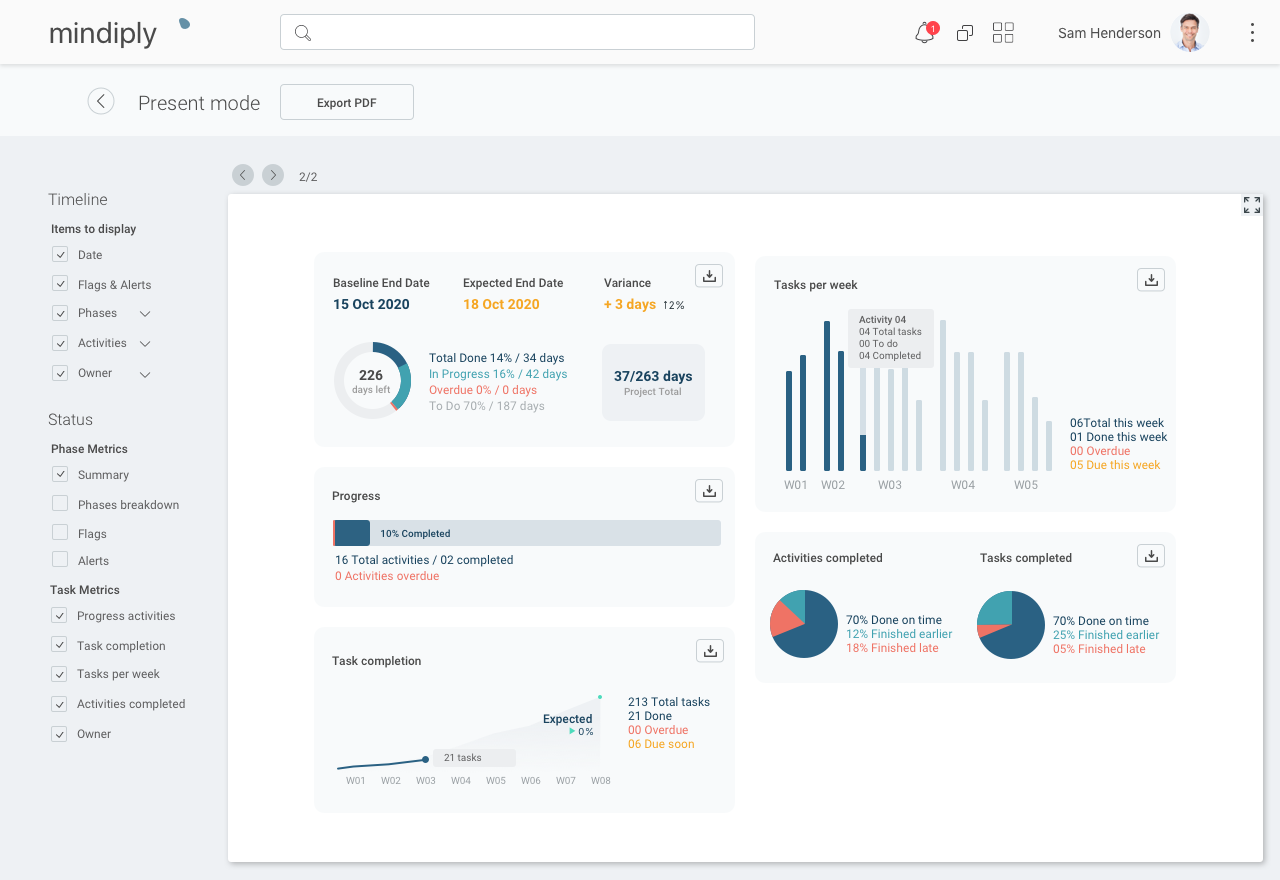
How to Deliver Bad News when Managing a Project
Francesco Marcatto23 Apr 20
How we would love to live in a world where only good news existed! But not only does such a place not exist, it would also be a very boring place indeed. While most people fear “bad news” both in the sense of receiving and dispensing it, the fact that there are “stakes” is what makes life exciting.
However, within the life cycle of a project, bad news not properly handled can have devastating effects. Some people believe in the “Band-Aid method”, which consists in simply deliver the bad news immediately and without mercy to get it over with quickly. While there is some truth behind this method, “delivering bad news quickly will allow the person more time to react” – how someone delivers news also has a lot of merits. And this is especially true in the delicate environment of a project-in-motion.
Understanding the Degree of the Problem
First, we must establish some premises. These are ideas we tend to hold onto for us to make sense of things. The first major premise we take into consideration is that not all problems are the same. This means that a problem or “negative event” isn’t necessarily something that is everybody’s concern.
For example, “the copy machine isn’t working anymore” doesn’t concern everyone in the team. It might be an inconvenience for some, but the severity of the bad news is easily circumvented. In these cases, you simply tell your resident techie to deal with it and the rest of the team can continue unhindered by the “bad news”.
However, other news such as “the deadline is moved up” concerns everybody in the team. It means that everybody will most probably need to increase their productivity, give up some of their free time, sacrifice their health and mental well being, and so forth – all to ensure that the project is going to be completed on time.
Depending on what missing the deadline would mean for the team (monetary penalties, breach of contract, prestige) the severity of the problem would impact the way you deliver the news.
Thus, by understanding the nature of the problem or as we called it “The Degree of the Problem”, you can know whether or not to involve all or a select few. It will also provide insight on how to deliver the bad news – which consequently is what this entire article is about.
The Art of “Mr. Bad News”
As a Project Manager, your responsibility is to keep the project running smoothly until the point of completion. This also means that, in 99% of projects, at some point you will have to deliver some bad news to someone.
It’s also very important to establish “who” the person receiving the bad news will be. For example – team members, clients, partners, stakeholders, etc.
Depending on the “who” – you’ll modify your approach. In the next section, we’ll walk through some basic approaches on how you can deliver bad news to the corresponding parties.
Clients and Stakeholders
Delivering bad news to a client or a stakeholder means that something went wrong with the project. This usually means that you’d either have to break the news that you won’t be able to meet certain conditions, an additional cost came up, or the project won’t be able to deliver on what was promised.
In these instances – relaying the information as quickly as possible will be the best approach. When a client has something to lose or is losing something – you need to compile all the known variables of the problem and get in front of it. Crisis management is a skill all project managers need to know – and to do so effectively you have to control the narrative.
Whatever the backlash is, accept it and move on. But when communicating it to the client, always remember to briefly explain why this happened (maybe it was not caused by you or it was impossible to forecast) and provide how you intend to remedy the situation. In fact, with any potential scenario, it is always best to provide two to three potential remedies to the clients.
Most clients and stakeholders understand that things happen; however, it’s your job to be managing those ‘things’ and so providing a few possible solutions goes a long way in diminishing potential backlash.
Pro Tip: PM A says to her client: “Due to the unforeseeable event X, the next deliverable will be delayed by one month. I’m very sorry, we are doing everything we can to reduce the delay”. PM B says to her client: “Due to the unforeseeable event X, the next deliverable would have been delayed by three months. But we reacted quickly and found a walkaround solution which should save a lot of time, so so we expect to reduce the delayed to one month only”.
Both PMs communicate a one-month delay to the client, but PM A will get a dirty look, while PM B will likely be thanked for her ability to deal with the issue.
This is the contrast principle explained by Robert Cialdini, the superstar of persuasion research: bad news will look less painful when communicated immediately after bigger bad news. Moreover, say that you have gone from the big to the (relatively) smaller problem thanks to your intervention, and bingo, you’ve turned bad news into good news!
Team Members
“We’re going to have to spend the weekend working on the project” or “we’re not getting bonuses because of X” and an infinity of other potential scenarios typically requires the PM to relay the bad news to the team members.
In these cases, it’s always best to be personal and understanding. Try to connect with the people on an emotional level and let them know that you too are negatively affected as a result. There is always some sort of anger after receiving bad news, and so, by having an emotional resonance with your target group, the anger is shifted and –hopefully!- converted to acceptance.
Pro Tip: it’s “Us”, not “You”. Explain that you (the Project Manager) are affected by the problem too. So, instead of “I’m sorry, but this needs to be done for Monday, so you’ll have to work extra hours during the weekend” go for “… so we all have to work extra hours during the weekend”.
A Smart Tool
If you think that being able to communicate bad news effectively is a soft skill, well, you are totally right. But technology could help. Mindiply Timeline, for example, is a new online tool for project management with some really smart features. First, it comes with a handy dashboard with all the metrics and alerts you need to understand the health of your projects at a glance. It means that you'll be able to discover problems before they create permanent damage.
Moreover, Mindiply Timeline automatically creates beautiful status progress reports that you can customise with all the information you want. Communication with clients and stakeholders won't be a pain anymore!

The Golden Rule: Never let a problem grow or evolve
As a final piece of advice: bad news tends to “grow or evolve” if left unchecked. You can’t simply ignore a negative event or not relay it to the corresponding party. We know that giving bad news doesn’t feel good – but letting it fester will only make it far more detrimental in the long run. Yeah, the “Band-Aid method” works, so it’s always best to deal with it quickly, but improve it with the method explained above: say why this happened, provide solutions (where possible), and use the Cialdini’s contrast principle if you’re afraid that the client/stakeholder will be too upset.
You can’t avoid bad news – but you can decide how you respond to it and this action alone is enough to change its impact.
Cover picture by Freepik







